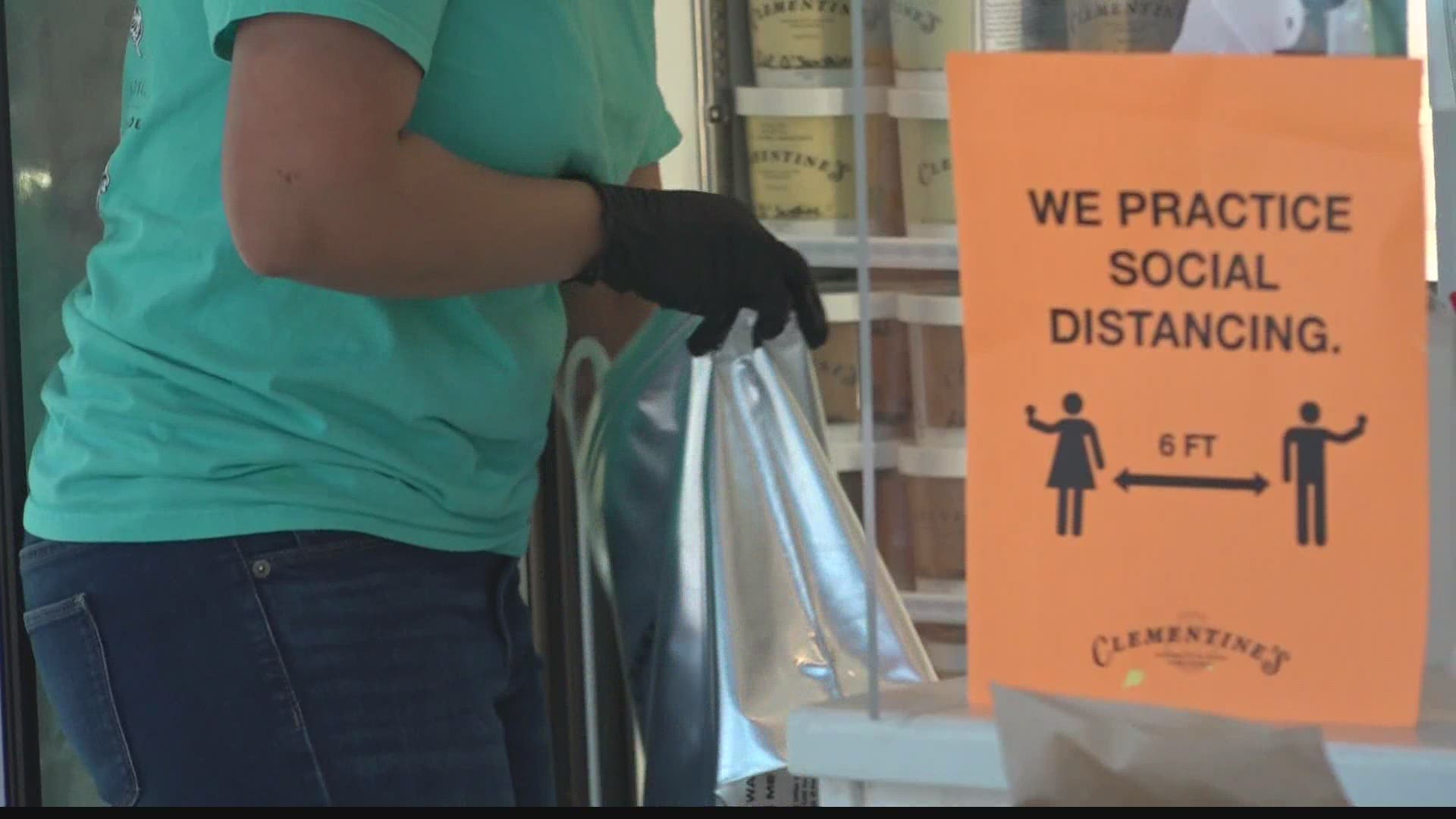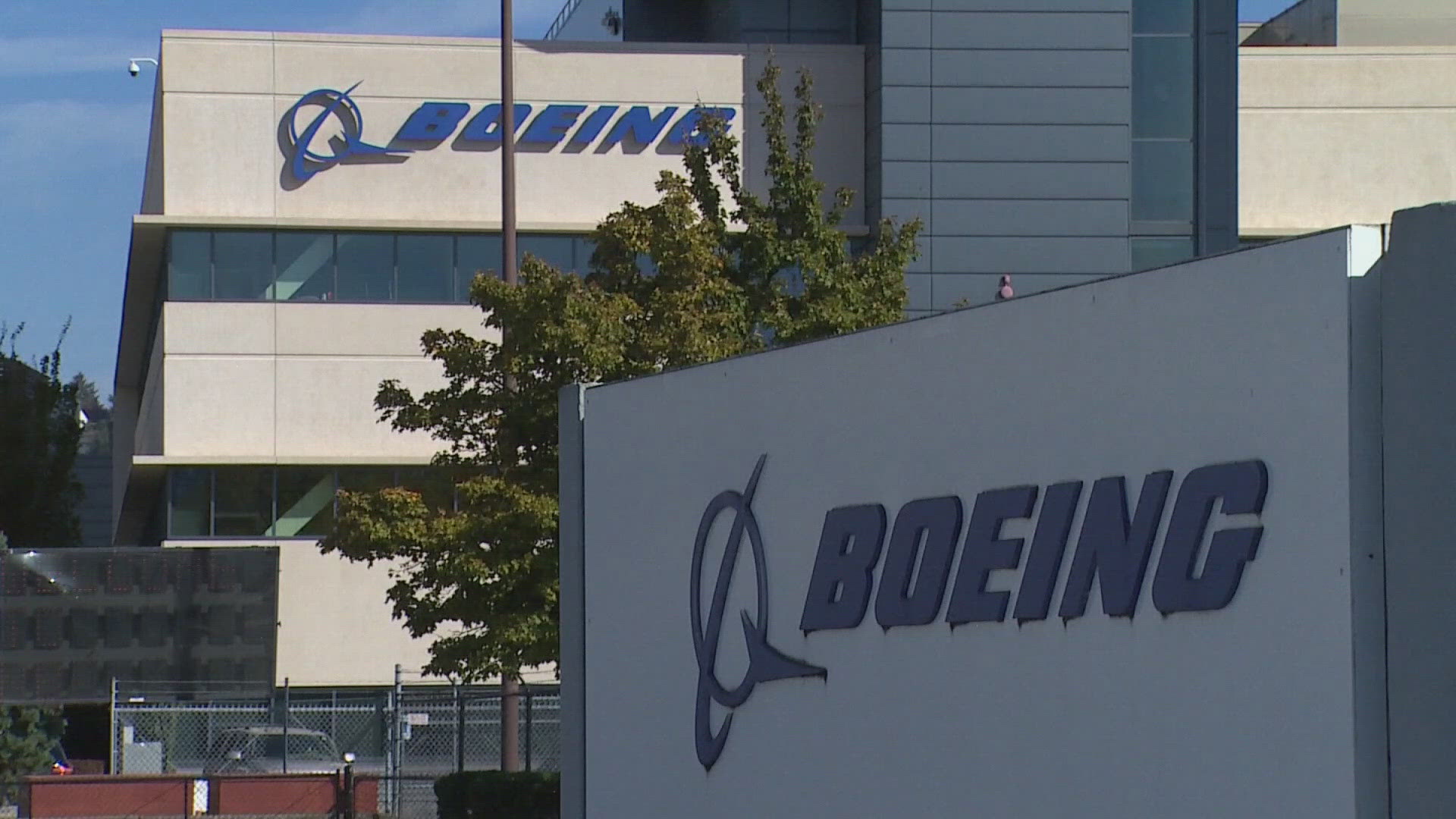ST. LOUIS — When Suchin Prapaisilp arrived in St. Louis from his native Thailand in the early 1970s, he couldn’t have foreseen the grocery and food empire his family would build.
Working multiple jobs, he saved up to co-found one of the region’s first international markets, Jay International Food Corp., in Tower Grove East in 1975 with his brother Jay. Prapaisilp went on to open the area’s first Thai eatery, King & I Thai Restaurant, in 1980.
Now Prapaisilp, along with his wife, Sue, and oldest son, Shayn, operate international groceries Global Foods Market in Kirkwood and United Provisions in the Delmar Loop, and four restaurants: King & I, Oishi Sushi in Creve Coeur, Oishi Sushi and Steakhouse in Chesterfield, and Chao Baan. The six businesses combined employ 280 full- and part-time workers including 120 in the restaurants before the closures.
After stay-at-home orders were instituted due to the pandemic, the four restaurants switched to carryout and delivery only, operating with about one-third of the restaurants’ employees, Suchin Prapaisilp said.
His family is working to expand service hours next week and bring back the full staff, as he received an SBA-backed Paycheck Protection Program (PPP) loan, which is intended to keep workers at small businesses on the payroll during the pandemic. They’ve already brought back about 60% of staff across the business.
“We want all the employees to come back to work and stay with us long term,” he said.
How have you changed restaurant operations to deal with the pandemic? We have pivoted to carryout and delivery only. We’re very fortunate to continue operations at all of our restaurants — especially at King & I and Chao Baan, the model works well for carryout and we’ve been able to pivot and expand on some new and unexpected offers for our guests, like curbside cocktails at Chao Baan and Thai family meals.
How has the pandemic impacted business? Restaurant income dropped about 75%, with carryout only. Only one did OK, the King & I. It did see a drop in sales at the onset of the pandemic, but a 15-20% increase in the following weeks helped to bring King & I back to maintaining pre-pandemic numbers. In terms of reopening the dining room, we don’t know yet, because it will require using maybe only 25% of seats in the restaurant, but we have to have the full staff to open, to take care of customers. We lose more money if we open the dining room. At barber shops, you can open the business because it’s just the barber and the customer. But in the restaurant business, you’ve got bartenders, hosts, busboys, servers. It’s hard to maintain distance like that. We’ll see in a few weeks. I think the customer is still afraid to dine in.
Before COVID-19, what was the biggest downturn you encountered, and how did you deal with it? Those of us who were operational in 2008 felt the effects when a lot of people had to cut back on their spending. Our restaurants run the gamut from a special occasion restaurant, such as Oishi Steakhouse, to more casual, everyday fare at King & I. Adjusting menu items and prices to be appropriate for the times is very important and something that we have done since opening in 1980. I imagine with the broader economic impact of COVID-19, restaurants will have to get more creative on offering value-forward dishes.
Click here for the full story.
More from the Business Journal
- University City, developer seek to condemn properties for $190M Costco-anchored project
- St. Louis contractor sells business to focus on 'Shark Tank'-spinoff firm
- Venerable St. Louis catering firm ponders a big question: what to do about buffets?
- COVID-19 decimated St. Louis’ housing inventory. Has a rebound begun?
- St. Louis Public Library announces reopening plans
- New celebrity-led courses bring explosive growth to edtech startup’s virtual school program
- Cars become waiting rooms. Temperature checks for hotel guests. Inside the business plan to reopen St. Louis.




